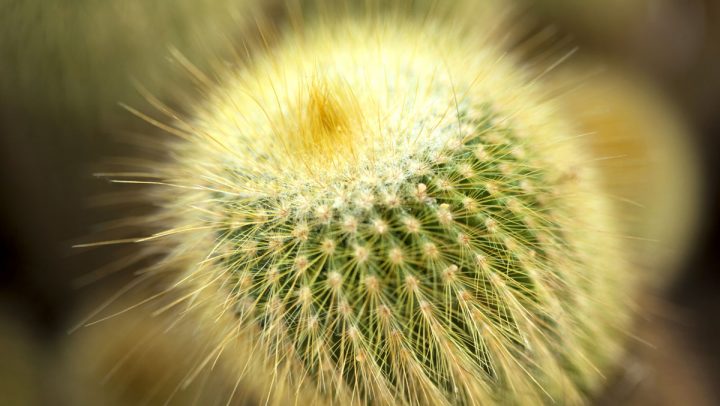September 2024 Arizona Gardening Tips
Gardening in Arizona in September involves transitioning from the hot summer to cooler fall weather. Here are some tips to keep your garden thriving:
Planting
- Vegetables:
- Start planting cool-season vegetables like lettuce, spinach, kale, broccoli, cauliflower, and carrots.
- You can also plant root vegetables like radishes, beets, and turnips.
- Flowers:
- Plant fall-blooming annuals such as marigolds, zinnias, and cosmos.
- Perennials like chrysanthemums, asters, and pansies can be planted for fall color.
- Herbs:
- Plant herbs like cilantro, parsley, dill, and mint.
- Trees and Shrubs:
- September is a good time to plant trees and shrubs, giving them time to establish roots before the cooler weather sets in.
Watering
- Adjust Watering Schedules: As temperatures begin to cool, reduce the frequency of watering but ensure deep watering to promote root growth.
- Water Early: Water your plants in the early morning to reduce evaporation and give plants time to absorb moisture before the heat of the day.
Soil and Mulch
- Mulch: Add a layer of mulch around plants to retain moisture, regulate soil temperature, and suppress weeds.
- Soil Preparation: Enrich your soil with compost or organic matter to improve soil structure and fertility.
Pruning and Maintenance
- Deadheading: Remove spent flowers to encourage new blooms and prevent plants from setting seed.
- Pruning: Lightly prune shrubs and perennials to shape them and remove any dead or diseased growth.
- Weed Control: Keep on top of weeds to prevent them from competing with your plants for nutrients and water.
Pest Control
- Monitor for Pests: Keep an eye out for pests like aphids, caterpillars, and spider mites. Use organic pest control methods if needed.
- Beneficial Insects: Encourage beneficial insects like ladybugs and lacewings, which help control pest populations.
Lawn Care
- Seeding: If you plan to overseed your lawn with winter ryegrass, prepare the lawn by dethatching and aerating in late September.
- Mowing: Adjust your mower height to keep the grass slightly longer, which helps shade the soil and retain moisture.
General Tips
- Plan for Frost: In higher elevations, be prepared for the first frost. Have frost cloths or other protective measures ready for sensitive plants.
- Garden Cleanup: Clean up any garden debris to prevent pests and diseases from overwintering in your garden.
- Container Plants: Check and refresh the soil in container plants, and move them to areas with appropriate sunlight and protection from wind.
By following these tips, you can ensure a healthy and productive garden in Arizona throughout September.
Tree Removal Services In The Phoenix, Arizona
If you need tree removal services anywhere in the Phoenix Valley, give Arbor Care a call today at (480) 797-5566 or receive a free tree removal estimate in Phoenix. Our Service area includes Phoenix, Tempe, Chandler, Gilbert, Mesa, Tempe, Scottsdale, Glendale, Peoria, and Surprise, Arizona.



